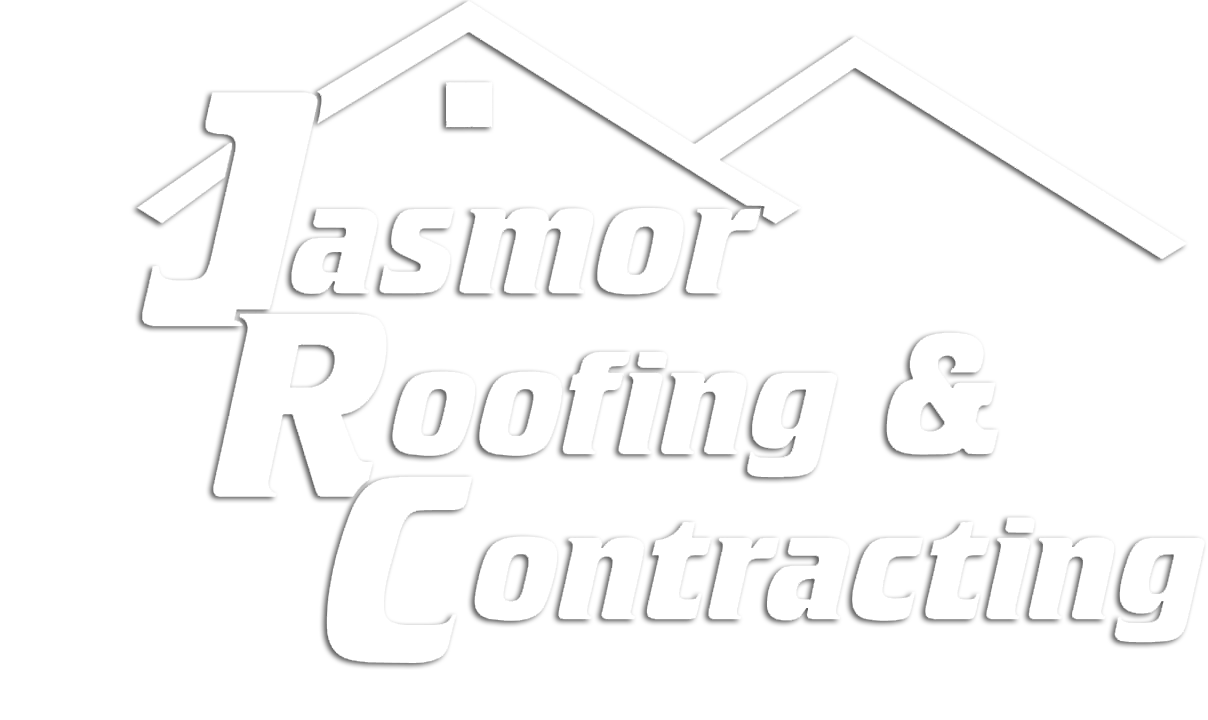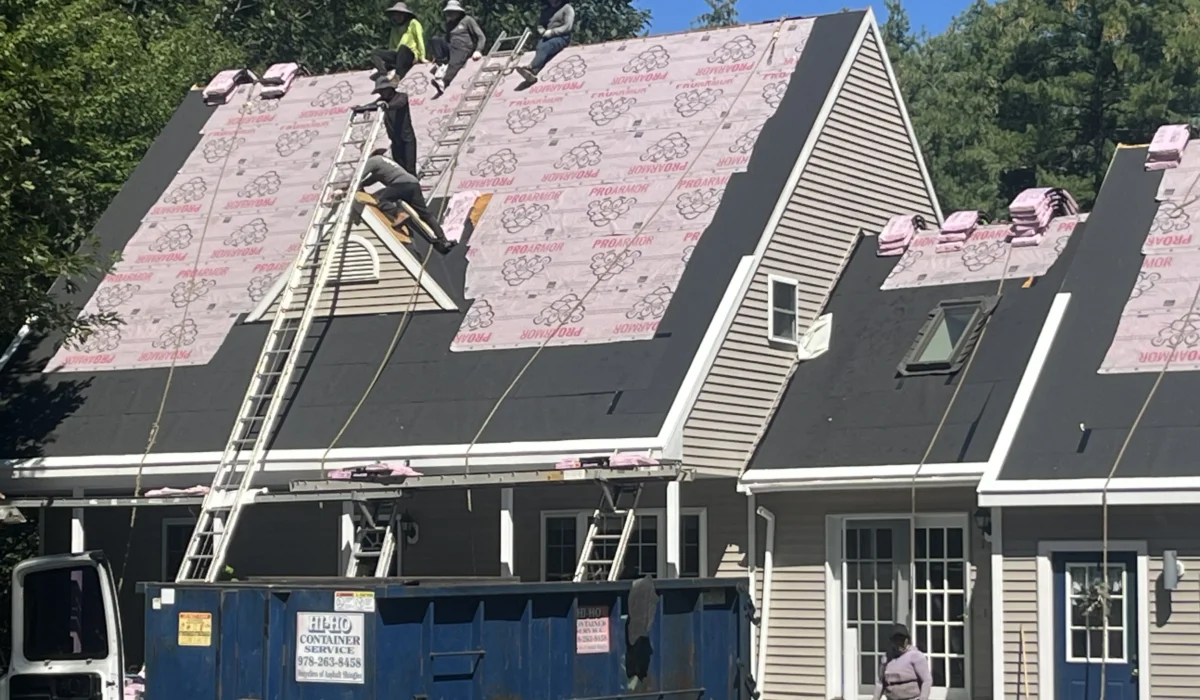Your roof is one of the most important components of your home; it protects you from the elements, provides insulation, and enhances your property’s curb appeal. But even the most durable roof has a finite lifespan. When repairs are no longer enough, it’s time to explore roof replacement services.
Whether you’re dealing with aging materials, storm damage, or simply want to upgrade to a more efficient system, understanding the process, options, and benefits of professional roof replacement can help you make informed decisions. In this comprehensive guide, we’ll cover everything you need to know about roof replacement services, from recognizing the signs to choosing the right contractor and materials.
Why Roof Replacement Is So Important
Over time, even the best roofing systems degrade. Weather, UV rays, poor ventilation, and simple age take their toll. When damage is extensive or your roof is approaching the end of its useful life, replacing it ensures your home stays safe, energy-efficient, and protected.
Roof replacement services go beyond patching leaks or replacing shingles; they involve completely removing the old roof and installing a new one. This allows contractors to inspect and address issues beneath the surface, such as water damage or structural weakness.
Benefits of roof replacement include:
- Long-term peace of mind
- Enhanced property value
- Improved energy efficiency
- Reduced risk of interior damage
- Eligibility for new warranties
Signs You Need Roof Replacement Services
How can you tell when it’s time to stop repairing and start replacing? Here are the most common signs that your home could benefit from roof replacement services:
1. Your Roof Is 20–30+ Years Old
Most roofs, especially those with asphalt shingles, are designed to last 20–25 years. If your roof is nearing or beyond this age, it may be time to consider replacement, even if there are no visible problems yet.
2. Missing, Curling, or Cracked Shingles
Visible damage across multiple areas of your roof is a red flag. While isolated issues can be repaired, widespread shingle deterioration usually means the system is failing.
3. Sagging or Uneven Roofline
A sagging roof can indicate serious structural damage beneath the shingles, like rotting wood or a weakened deck. This is a critical safety issue that requires immediate professional attention.
4. Water Damage and Interior Leaks
Brown stains on your ceiling or walls are a sign that your roof is letting in water. If these leaks are recurring or coming from multiple areas, a full roof replacement may be more effective than continual patchwork repairs.
5. Granules in Gutters
If you’re finding black, sand-like granules in your gutters, your shingles may be breaking down. Loss of granules reduces your roof’s ability to reflect sunlight and resist the elements.
What Roof Replacement Services Include
A reputable contractor will offer a complete and detailed process when providing roof replacement services. Here’s what you can expect:
1. Thorough Inspection
Before recommending a replacement, your contractor should inspect the entire roofing system, including shingles, decking, flashing, and ventilation, to determine the extent of the damage and the scope of the job.
2. Tear-Off of Old Roofing
Your existing roof will be completely removed down to the decking. This allows contractors to identify hidden damage and install the new roof on a clean, solid base.
3. Repair or Replacement of Decking
If the wood decking under your shingles is soft, wet, or rotted, it will need to be repaired or replaced to support the new roof properly.
4. Installation of Underlayment
Underlayment, usually made of synthetic felt or rubberized materials, provides an additional layer of water protection between your roofing material and the decking.
5. New Roofing System Installation
Your new roofing material, whether asphalt shingles, metal, tile, or another product, is installed according to manufacturer specifications and local codes. This step includes flashing, ridge caps, and vents.
6. Site Cleanup and Final Inspection
A good contractor will clean up all debris, nails, and materials once the job is done. A final walkthrough ensures that everything was installed properly and meets your expectations.
Choosing the Right Roofing Material
Your choice of material plays a huge role in the cost, durability, and appearance of your new roof. Here are the most popular options offered through roof replacement services:
Asphalt Shingles
- Pros: Affordable, widely available, easy to install
- Cons: Shorter lifespan (15–30 years)
- Best For: Budget-conscious homeowners and traditional-style homes
Metal Roofing
- Pros: Long lifespan (40–70 years), energy-efficient, recyclable
- Cons: Higher upfront cost
- Best For: Modern homes, extreme weather areas, or those seeking sustainability
Wood Shakes and Shingles
- Pros: Natural look, excellent insulation
- Cons: Higher maintenance, not fire-resistant unless treated
- Best For: Cottages, rustic homes, and historic renovations
Clay or Concrete Tile
- Pros: Fireproof, extremely durable, aesthetic appeal
- Cons: Heavy and expensive
- Best For: Spanish, Mediterranean, or Southwestern-style homes
Slate
- Pros: Ultra-durable (up to 100 years), elegant appearance
- Cons: Very heavy, costly
- Best For: Luxury homes or historic architecture
How to Choose a Roof Replacement Contractor
Finding a qualified contractor is one of the most important steps in the roof replacement services process. Here’s how to choose the right one:
- Experience: Look for companies with a solid track record and verifiable experience in roof replacement.
- Licensing and Insurance: Always verify that the contractor is licensed and carries liability and workers’ comp insurance.
- References and Reviews: Read online reviews, ask for references, and check with the Better Business Bureau (BBB).
- Written Estimate: A reputable contractor will provide a detailed, written estimate that outlines labor, materials, timeline, and payment terms.
- Warranty: Ask about both the manufacturer’s material warranty and the contractor’s workmanship guarantee.
FAQs About Roof Replacement Services
How long does a roof replacement take?
Most residential roof replacements take 1–3 days to complete, depending on the size of the home, weather conditions, and the complexity of the installation.
Can I stay in my house during the replacement?
Yes, you can typically stay in your home during the process, although it will be noisy and may be disruptive for pets or children.
Do I need a permit for a roof replacement?
In most areas, yes. Your roofing contractor should handle this as part of their roof replacement services.
Will my homeowner’s insurance cover roof replacement?
It depends. Insurance may cover replacement if the damage is caused by a covered peril (such as hail or wind), but not for general wear and tear.
When to Move from Repair to Replacement
It’s common for homeowners to delay a full roof replacement in favor of cheaper repairs. However, there comes a point when the cost of constant repairs outweighs the benefits, and you’re better off investing in a new roof.
If your roof is more than 20 years old, has widespread damage, or if you’ve had to make frequent repairs over the past few years, it may be time to consider professional roof replacement services. A new roof not only protects your home but also gives you peace of mind and adds long-term value.
Trust Jasmor Roofing for Your Roof Replacement Needs
At Jasmor Roofing, we take pride in delivering high-quality roof replacement services that homeowners can rely on. With years of experience, premium materials, and expert craftsmanship, we’re here to ensure your home gets the protection it needs.
Whether you’re facing storm damage, an aging roof, or just ready for a fresh look, our team is ready to guide you through the entire process, from inspection to installation.
Contact Jasmor Roofing today to schedule a free consultation and learn more about our expert roof replacement services.

